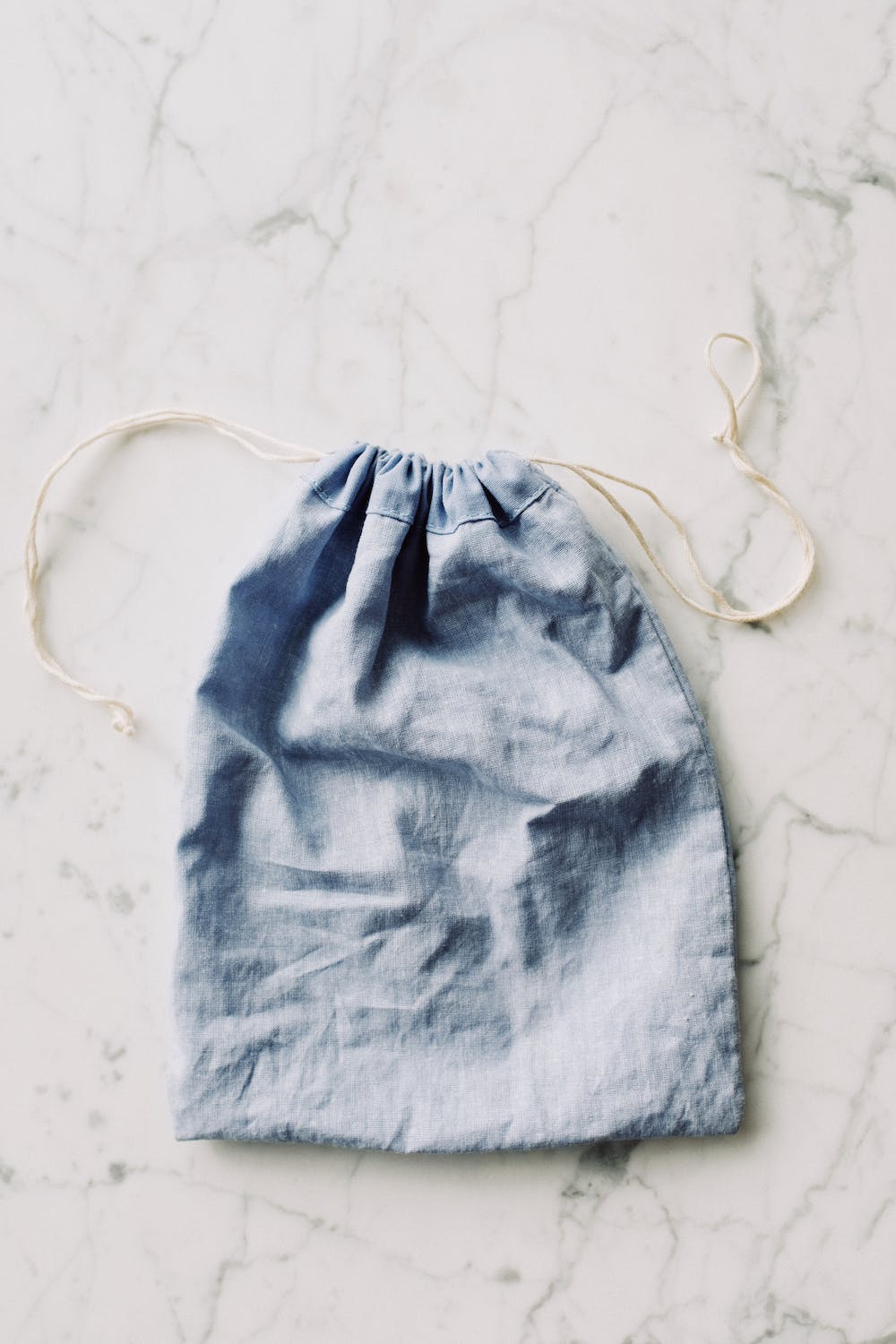The fashion industry is notorious for its impact on the environment, but did you know that the choice of fabric can make a huge difference? Sustainable fabrics are becoming increasingly popular as consumers demand more ethical and eco-friendly options. In this blog post, we’ll explore why choosing sustainable fabrics matters for the future of fashion and how it can benefit not only our planet but also our health and well-being. Get ready to discover some exciting alternatives to traditional textiles and learn how small changes in your shopping habits can make a big impact.
What is Sustainable Fashion?
As the name suggests, sustainable fashion is a type of clothing that is environmentally friendly and doesn’t damage the ecosystem. It’s made from natural materials that can be reused or recycled, and it doesn’t use any harmful chemicals in the production process.
Sustainable fashion is becoming increasingly popular as people become more aware of the environmental impact of the clothing industry. The fashion industry is one of the most polluting industries in the world, so choosing sustainable fabrics is a way to reduce your impact on the environment.
There are many different types of sustainable fabrics, including organic cotton, hemp, bamboo, and wool. Sustainable fabrics are often more expensive than conventional fabrics, but they’re worth the investment because they’re better for the environment and they last longer.
When you buy sustainable fashion, you’re not only helping to protect the environment, you’re also supporting ethical practices in the fashion industry. Sustainable fashion brands often use Fair Trade practices, which means they pay fair wages to their workers and provide good working conditions.
So why choose sustainable fashion? There are many reasons! It’s good for the environment, it supports ethical practices in the fashion industry, and it looks great!
What are Sustainable Fabrics?
When it comes to fashion, sustainability is often an afterthought – if it’s thought of at all. But the truth is, the way our clothes are made and the materials they’re made from have a huge impact on the environment. And as the world becomes increasingly aware of the need to protect our planet, sustainable fashion is becoming more and more important.
But what exactly is sustainable fashion? And what are sustainable fabrics?
Sustainable fashion is clothing that has been produced in a way that minimizes its impact on the environment. This includes everything from the way the fabric is grown or sourced, to how it’s manufactured, to how it’s disposed of. Sustainable fabrics are those that have been produced sustainably – meaning they cause minimal environmental damage when grown, sourced, and manufactured.
There are a number of sustainable fabrics that are becoming increasingly popular in the fashion industry, including bamboo, organic cotton, linen, hemp, and Tencel. These fabrics are all environmentally friendly and can be used to create beautiful, stylish clothing.
As awareness of the importance of sustainability grows, so too does the demand for sustainable fashion. More and more brands are beginning to offer sustainable options, and there’s an increasing number of retailers specializing in sustainable fashion. This means that it’s becoming easier than ever to find fashionable clothing that won’t cost the earth.
Benefits of Sustainable Fashion
There are many benefits to choosing sustainable fabrics for fashion. First, sustainable fabrics help reduce the environmental impact of the fashion industry. According to the Environmental Protection Agency, the textile industry is responsible for approximately 10% of all global greenhouse gas emissions. Sustainable fabrics can help reduce these emissions by using less energy and water in their production.
Second, sustainable fabrics can help support local economies. When you purchase products made from sustainable fabrics, you are supporting businesses that are committed to sustainability. This helps create jobs and opportunities in communities that might otherwise be left behind.
Third, sustainable fabrics can help improve the quality of our clothes. Clothes made from sustainably sourced materials are often better made and last longer than those made from traditional materials. This means that you can feel good about your purchase knowing that it is not only good for the environment but also for your wardrobe!
Where to Shop for Sustainable Fabrics
There are a number of places to shop for sustainable fabrics, both online and offline. Here are some of our favorite sources:
1. Sustainable Cotton Company: This UK-based company sells Fairtrade and organic cotton fabrics.
2. Hemp Traders: Hemp Traders is a leading supplier of hemp fabric in the US. They offer a wide range of sustainable fabric options made from hemp, bamboo, and other sustainable materials.
3. Eco-Friendly Fabrics: This website offers a wide selection of sustainable fabrics, including organic cotton, bamboo, hemp, and more.
4. Fabric Link: Fabric Link is an online resource that connects you with sustainable fabric suppliers around the world.
5. Green America: Green America is a non-profit organization that works to promote environmental sustainability. They offer a Directory of Sustainable Fabric Suppliers, which includes companies that sell organic cotton, bamboo, hemp, and other sustainable fabrics.
How to Reduce Your Environmental Footprint with Sustainable Clothing Choices
If you’re concerned about the environment and want to reduce your carbon footprint, one of the best things you can do is choose sustainable fabrics for your clothing. Sustainable fabrics are made from materials that are renewable, recyclable, or biodegradable. They also tend to be much more durable than conventional fabrics, so you’ll end up saving money in the long run.
There are a few different sustainable fabric options to choose from, including organic cotton, bamboo, hemp, wool, and even recycled materials like plastic bottles. Each has its own benefits and drawbacks, so it’s important to do some research before making a purchase. However, all of these sustainable fabric options are far better for the environment than conventional fabrics like polyester or nylon.
When shopping for sustainable clothing, look for brands that use certified organic cotton or other sustainable materials. Also, check the labels to see if the clothing is fair trade certified. This ensures that the workers who made your clothing were treated fairly and paid a livable wage.
Choosing sustainable fabrics for your clothing is one of the best things you can do for the environment. Not only will you be reducing your carbon footprint, but you’ll also be supporting fair labor practices and investing in eco-friendly materials that will last longer. So next time you’re shopping for new clothes, make sure to keep sustainability in mind!
Alternatives to Sustainable Fabrics
There are many sustainable fabric options available on the market today. However, some designers and consumers feel that alternative fabrics are not as environmentally friendly as sustainable fabrics. Here are some of the most popular alternative fabrics:
Linen: Linen is made from flax, which is a very durable and sturdy plant. It requires little water to grow, and the fabric is biodegradable. Linen is also one of the oldest sustainable fabrics, dating back to ancient Egypt.
Hemp: Hemp is another sturdy and durable plant. It requires little water to grow and can be used to make a variety of products, including clothing, paper, and rope. Hemp is also biodegradable.
Organic Cotton: Organic cotton is grown without the use of harmful pesticides or herbicides. The crop yields are lower than conventional cotton, but the quality of the fabric is higher. Organic cotton is also biodegradable.
Bamboo: Bamboo is a fast-growing grass that requires no pesticides or herbicides to thrive. The fabric made from bamboo is soft and has a similar feel to silk. Bamboo is also biodegradable.
Recycled Polyester: Recycled polyester is made from post-consumer plastic bottles or recycled textile waste. It uses less energy and water to produce than virgin polyester, and it emits fewer greenhouse gases during production.
Conclusion
We hope this article has highlighted the importance of sustainable fabrics in fashion and why choosing them over conventional options is so crucial for our planet. By making conscious decisions about what materials we use, we can help to reduce the environmental impact of fashion. Next time you’re out shopping, take a few moments to consider how your purchase will be impacting the environment now and into the future. Remember – every small action towards sustainability adds up!










